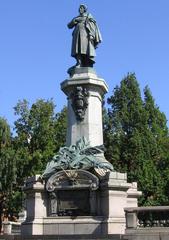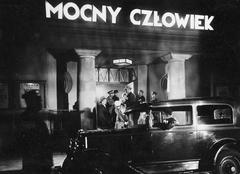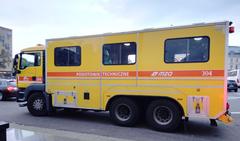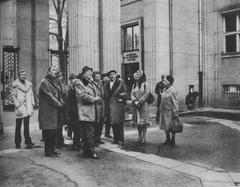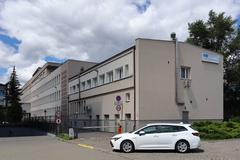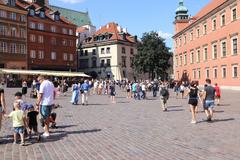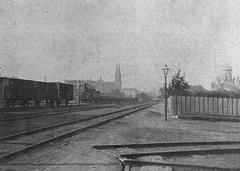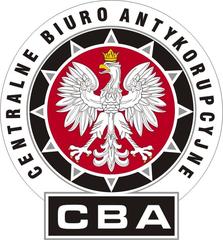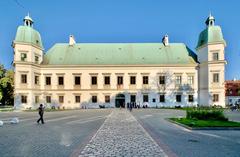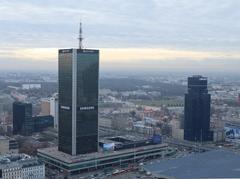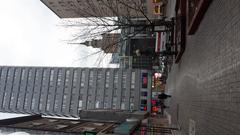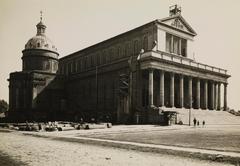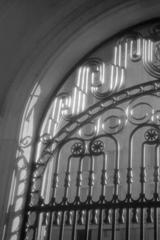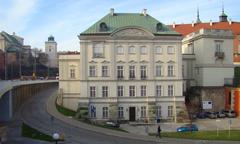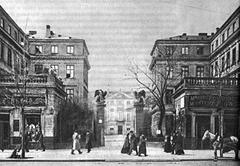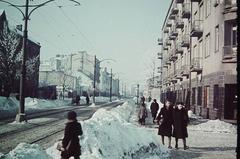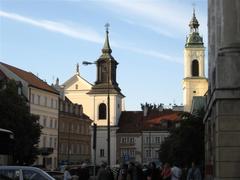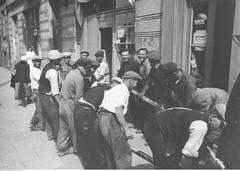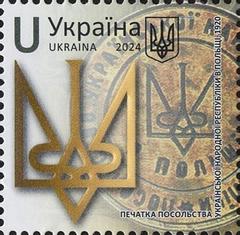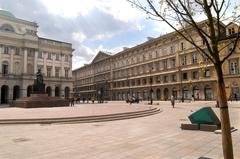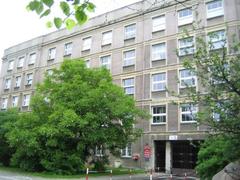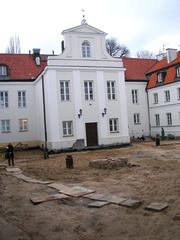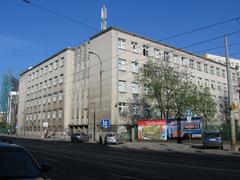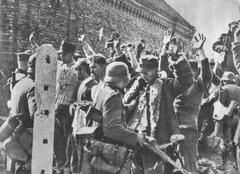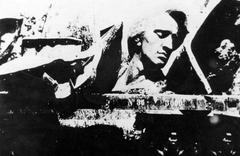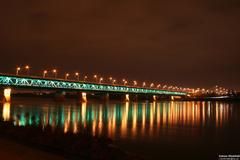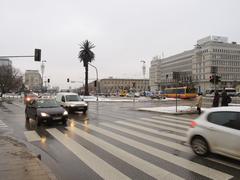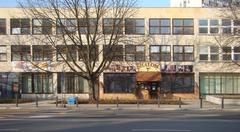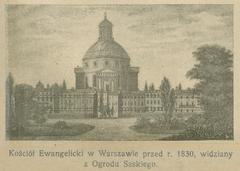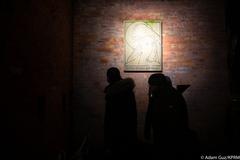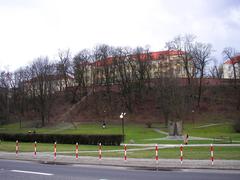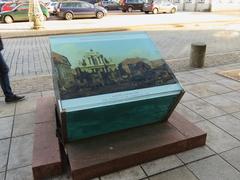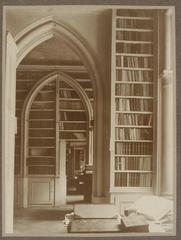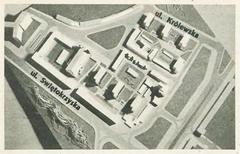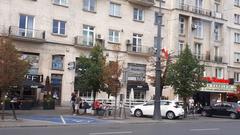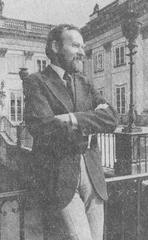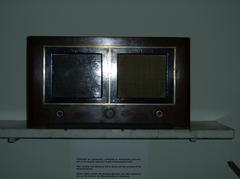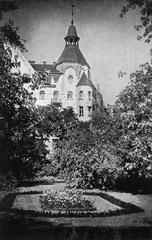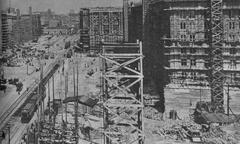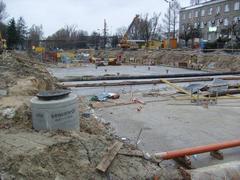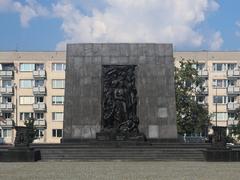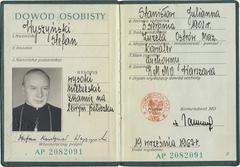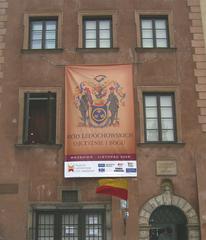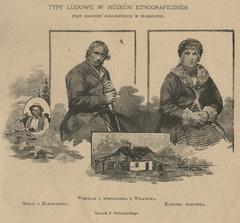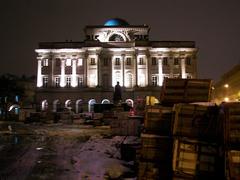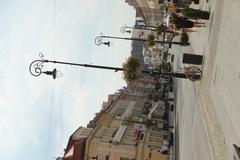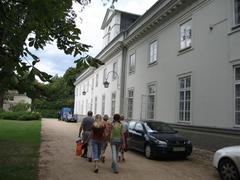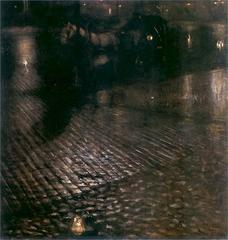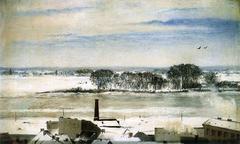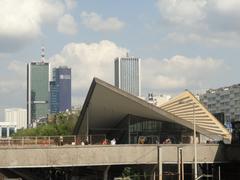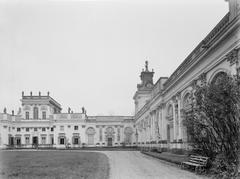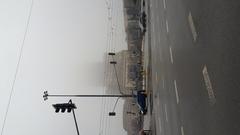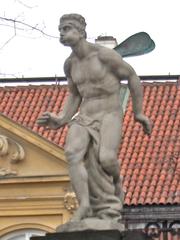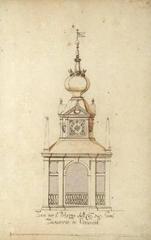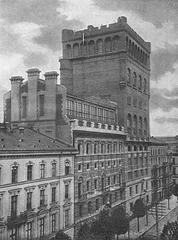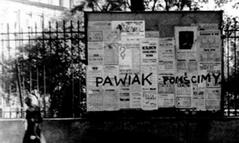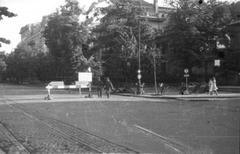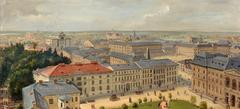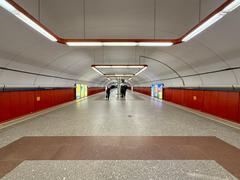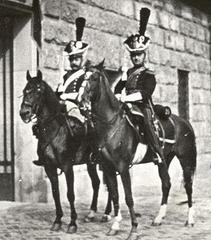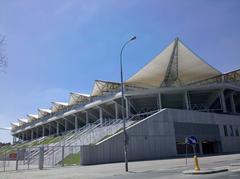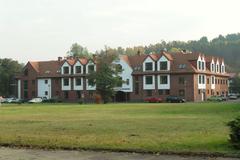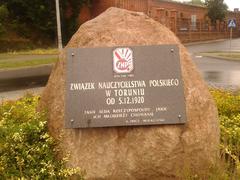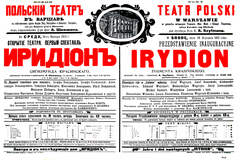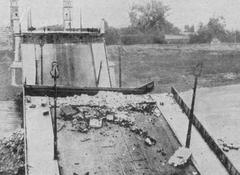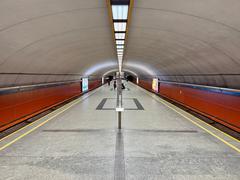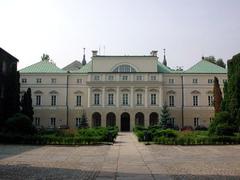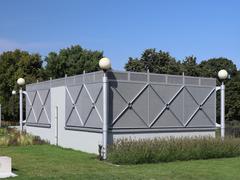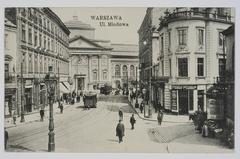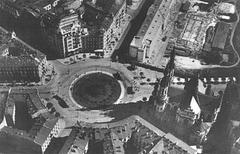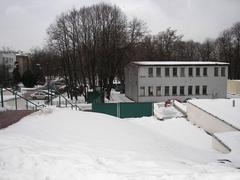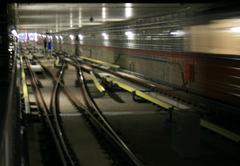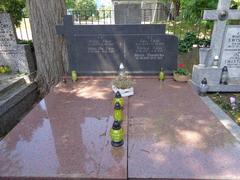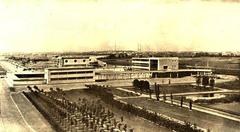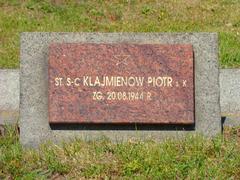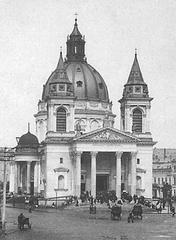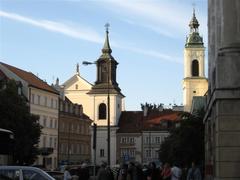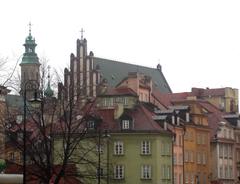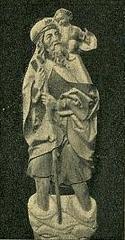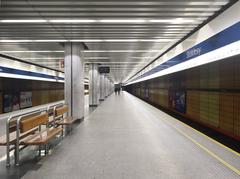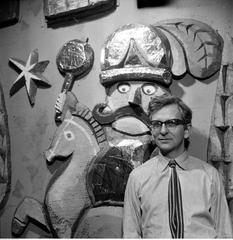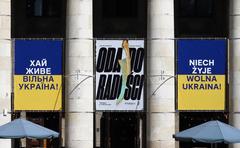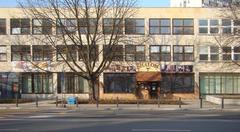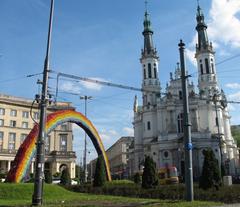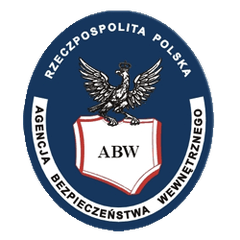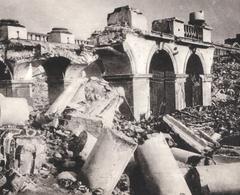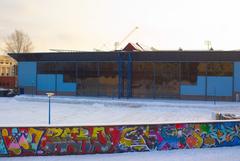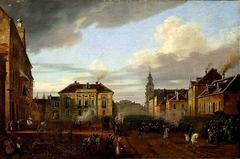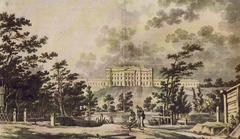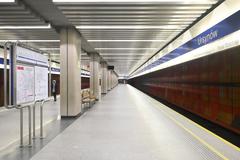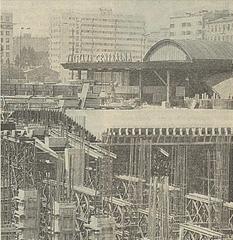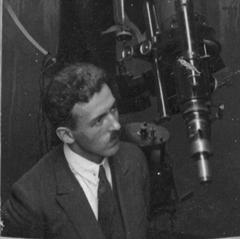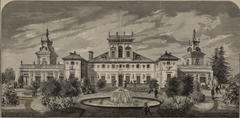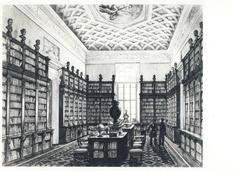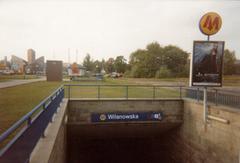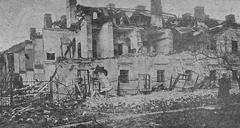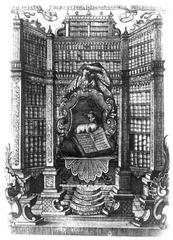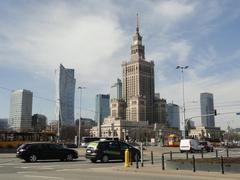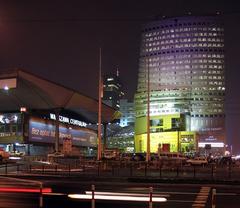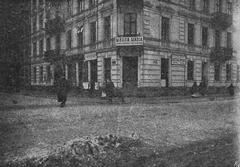
Comprehensive Guide to Visiting Sigismund’s Column, Warsaw, Poland
Date: 16/08/2024
Introduction
Sigismund’s Column, known in Polish as ‘Kolumna Zygmunta,’ is one of the most iconic landmarks in Warsaw, Poland. This monument, erected in the 17th century, stands proudly in Castle Square, symbolizing the rich history and resilience of the Polish capital. Commissioned by King Władysław IV Vasa to honor his father, King Sigismund III Vasa, the column has witnessed and withstood numerous historical events, including significant damage during World War II. Its reconstruction post-war stands as a testament to Warsaw’s enduring spirit. Visitors from around the world are drawn to this historical site to admire its architectural beauty and to reflect on its historical significance (British Poles). This guide aims to provide a comprehensive overview of Sigismund’s Column, covering its historical background, visitor information, travel tips, and more, ensuring an enriching experience for all who visit.
Table of Contents
Historical Background
Erection of the Monument
Sigismund’s Column, known in Polish as “Kolumna Zygmunta,” is a prominent historical monument located in Castle Square (Plac Zamkowy) in Warsaw, Poland. The column was erected in 1644 to honor King Sigismund III Vasa, who moved the capital of Poland from Kraków to Warsaw in 1596. The initiative to build the column was taken by his son and successor, King Władysław IV Vasa. The monument was designed by Italian architects Agostino Locci and Constantino Tencalla, and the statue of King Sigismund III was sculpted by Clemente Molli, an Italian sculptor. The column itself was modeled after the Italian column-shaped monuments, particularly those in front of the Basilica di Santa Maria Maggiore in Rome (British Poles).
Symbolism and Design
The statue of King Sigismund III Vasa stands atop a high column and is depicted as a knight and ruler. The king is shown wearing a crown and mantle, symbolizing monarchy, while his armor and sabre represent chivalry. The cross he holds in his hand signifies his devotion to the Catholic faith. This combination of symbols was intended to portray Sigismund III as a powerful and devout ruler, embodying both secular and religious authority.
Damage and Renovations
Over the centuries, Sigismund’s Column has faced numerous challenges and undergone several renovations. The monument was first damaged during the Swedish invasions in the 17th and 18th centuries, necessitating repairs and rearrangements of the marble column. Despite these early damages, the column remained a significant secular monument in Europe until the unveiling of the Napoleonic column on the Paris Vendôme Square in 1810 (British Poles).
Destruction During World War II
The most significant damage to Sigismund’s Column occurred during World War II. In 1944, during the Warsaw Uprising, the monument was destroyed by German forces. Remarkably, the statue of King Sigismund III fell to the ground in such a way that it was not seriously damaged. This fortunate event allowed for the statue to be preserved and later restored. The reconstruction of the column was initiated by workers from various industries, including metal, ceramics, and chemicals. The new design for the column’s reconstruction was prepared by Stanisław Żaryn, a Polish architect (British Poles).
Post-War Reconstruction
After the war, the restoration of Sigismund’s Column became a symbol of Warsaw’s resilience and determination to rebuild. The column was re-erected in 1949, and the statue of King Sigismund III was placed back on top. The reconstructed column stands proudly in Castle Square today, serving as both a historical monument and a popular meeting point for locals and tourists alike.
Modern-Day Significance
Today, Sigismund’s Column is not only an important historical landmark but also a symbol of Warsaw’s rich cultural heritage and resilience. The monument attracts numerous visitors who come to admire its historical significance and architectural beauty. It also serves as a practical meeting point for those exploring the Old Town of Warsaw, making it an integral part of the city’s social and cultural fabric.
Visitor Information
Ticket Prices and Visiting Hours
- Tickets: Visiting Sigismund’s Column itself does not require a ticket, as it is an open-air monument. However, nearby attractions such as the Royal Castle may have entrance fees.
- Visiting Hours: The monument can be visited at any time of day, though the surrounding attractions may have specific operating hours. The best time to visit is during daylight hours to fully appreciate the details of the statue and column.
Accessibility
- Accessibility: Castle Square is accessible to visitors with disabilities, though the area surrounding the column is cobblestone, which may pose challenges for some. It is recommended to check accessibility options at nearby attractions and facilities.
Travel Tips
- Location: The column is located in Castle Square, right in front of the Royal Castle in Warsaw’s Old Town. This central location makes it easily accessible by public transportation, including buses and trams.
- Best Time to Visit: The monument can be visited year-round, but the best time to visit is during the spring and summer months when the weather is pleasant, and the surrounding area is bustling with activity.
- Guided Tours: Consider joining a guided tour to learn more about the historical significance of Sigismund’s Column and the surrounding landmarks in the Old Town.
- Photography: The column and its surroundings offer excellent photo opportunities, especially during the golden hour (shortly after sunrise or before sunset) when the lighting is ideal for capturing the monument’s details.
- Nearby Attractions: While visiting Sigismund’s Column, take the time to explore other nearby attractions, such as the Royal Castle, St. John’s Archcathedral, and the Old Town Market Square.
FAQ
- Q: Do I need a ticket to visit Sigismund’s Column?
- A: No, visiting the column itself does not require a ticket.
- Q: What are the best times to visit?
- A: The best times to visit are during daylight hours, particularly in the spring and summer.
- Q: Is Sigismund’s Column accessible for people with disabilities?
- A: Castle Square is generally accessible, though the cobblestone area may present some challenges.
- Q: Are there guided tours available?
- A: Yes, guided tours are available and recommended to gain deeper insights into the monument’s history.
Conclusion
Sigismund’s Column is more than just a monument; it is a testament to Warsaw’s enduring spirit and rich history. Whether you are a history enthusiast or a casual visitor, this landmark offers a unique glimpse into the past and a focal point for exploring the vibrant Old Town of Warsaw. Don’t miss the opportunity to visit this significant site and experience its historical and cultural importance firsthand (British Poles).
Call to Action
For more information on Warsaw’s historical sites and to stay updated on the latest travel tips, follow us on social media or download our mobile app. Explore the rich history of Warsaw and make the most of your visit!
References
- British Poles. (n.d.). The Sigismund’s Column - The Oldest Secular Monument of Warsaw. Retrieved from https://www.britishpoles.uk/the-sigismunds-column-the-oldest-secular-monument-of-warsaw/
- TripAdvisor. (n.d.). Sigismund’s Column (Warsaw). Retrieved from https://www.tripadvisor.com/Attraction_Review-g274856-d276715-Reviews-Sigismund_s_Column_Warsaw-Warsaw_Mazovia_Province_Central_Poland.html
- Warsaw Tourism. (n.d.). Main Page. Retrieved from https://www.warsawtour.pl/en/main-page/












